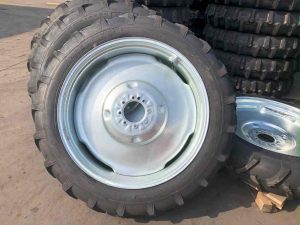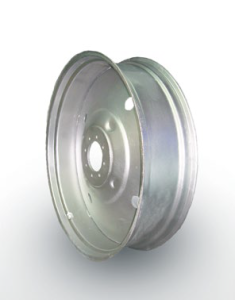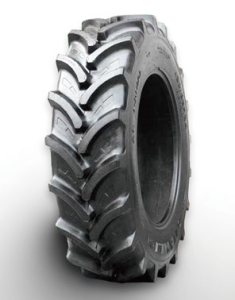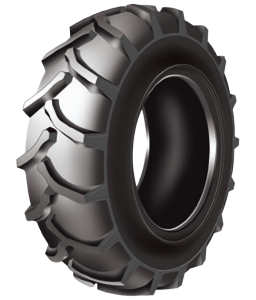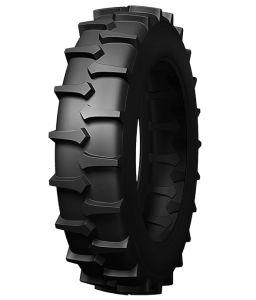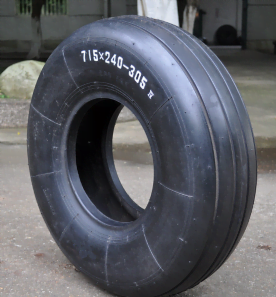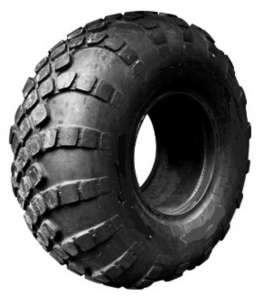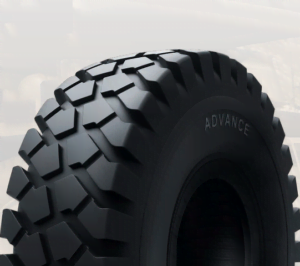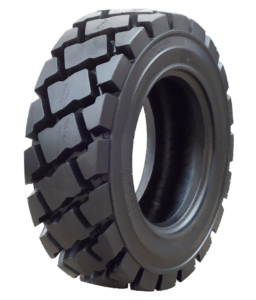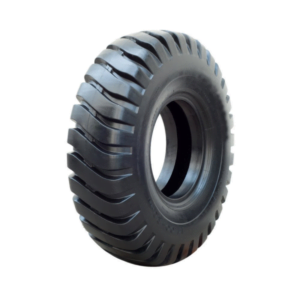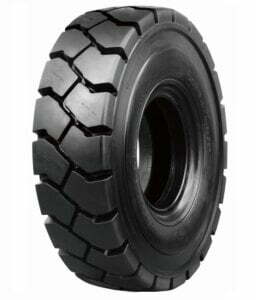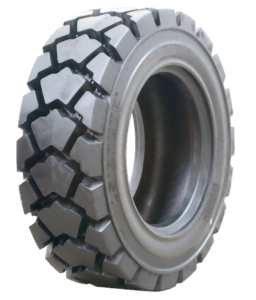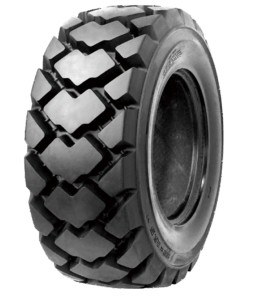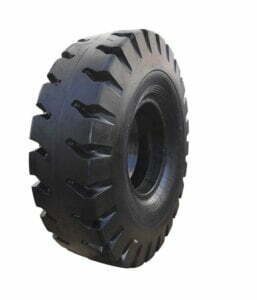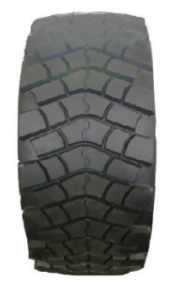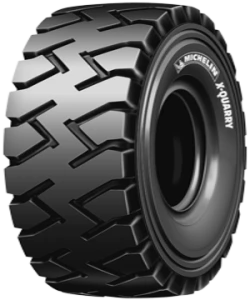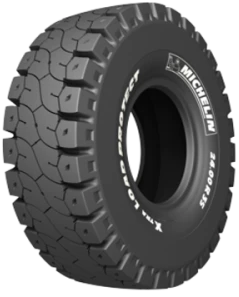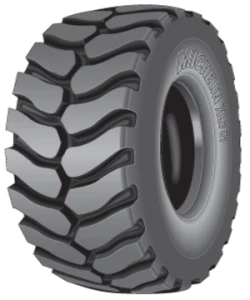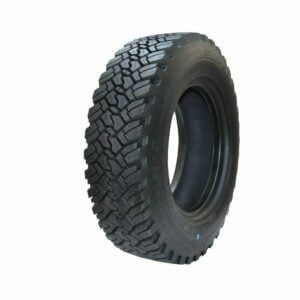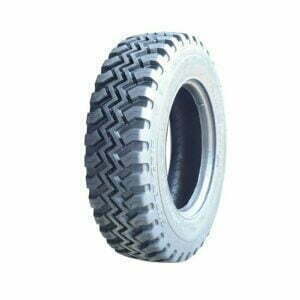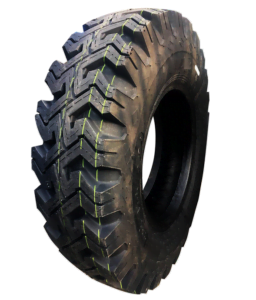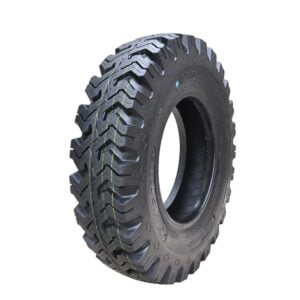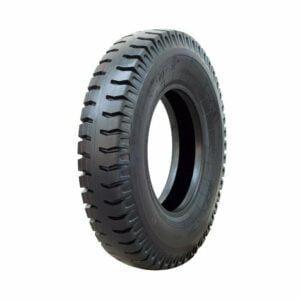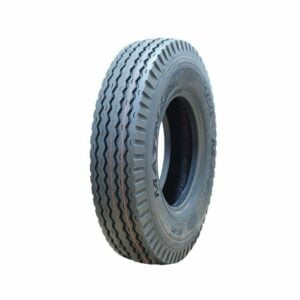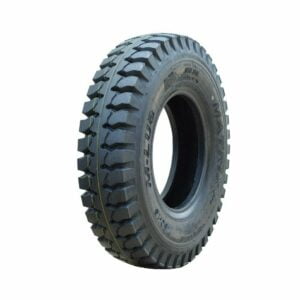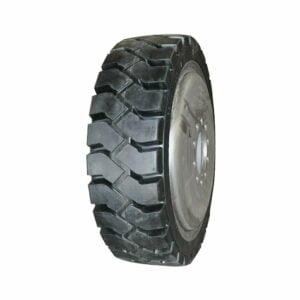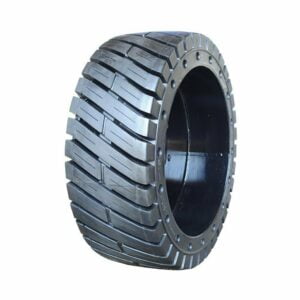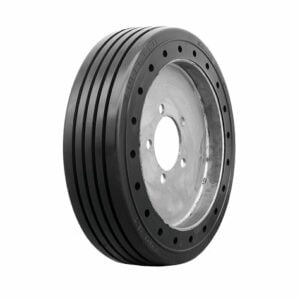User information for passenger car tire
- Never mount a tire on a rim that is damaged or which has been repaired by welding or brazing.
- Never inflate beyond 275 kPa(2.75 bar, 40psi)to seat beads. After beads are fully seated, never exceed the maximum tire pressure TNR recommends.
- Tire inflation should be done in a safety cage.
- Do not mix different tire size designations or constructions on the same axle, except for limited use of temporary spare tires.
- Outer diameter of wheel should be the same as inner diameter of tire.
- Make sure to follow instructions in the car owner’s manual or on the vehicle tire information placed in a car to a maintain proper tire pressure.
- Never bleed or reduce inflation pressure when tires become hot from driving.
- Over-or under-inflation is dangerous and could lead to tire damage or accidents.
- Check tire inflation pressure(including spare tires)at least once a month and before every long trip.
- Sustained high speed driving conditions may call for higher inflation pressure.
- Stones, gravel and other foreign objects stuck in the tire treads may damage the tire. Remove foreign objects from the tire treads.
- Tires should only be mounted by professionally trained persons.
Never use a tire under the following conditions:
- If the tread has worn to the treadwear indicator.
- If breaks in the fabric appear.
- If cords or wires are exposed. Replace the tires immediately under any of the above conditions.
Storage of steel belted radial tires:
- Store unmounted tires indoors in a dry location.
- Never expose unmounted tires to moisture.
To preserve traffic safety TNR recommends driving substantially slower under adverse weather or road conditions.

